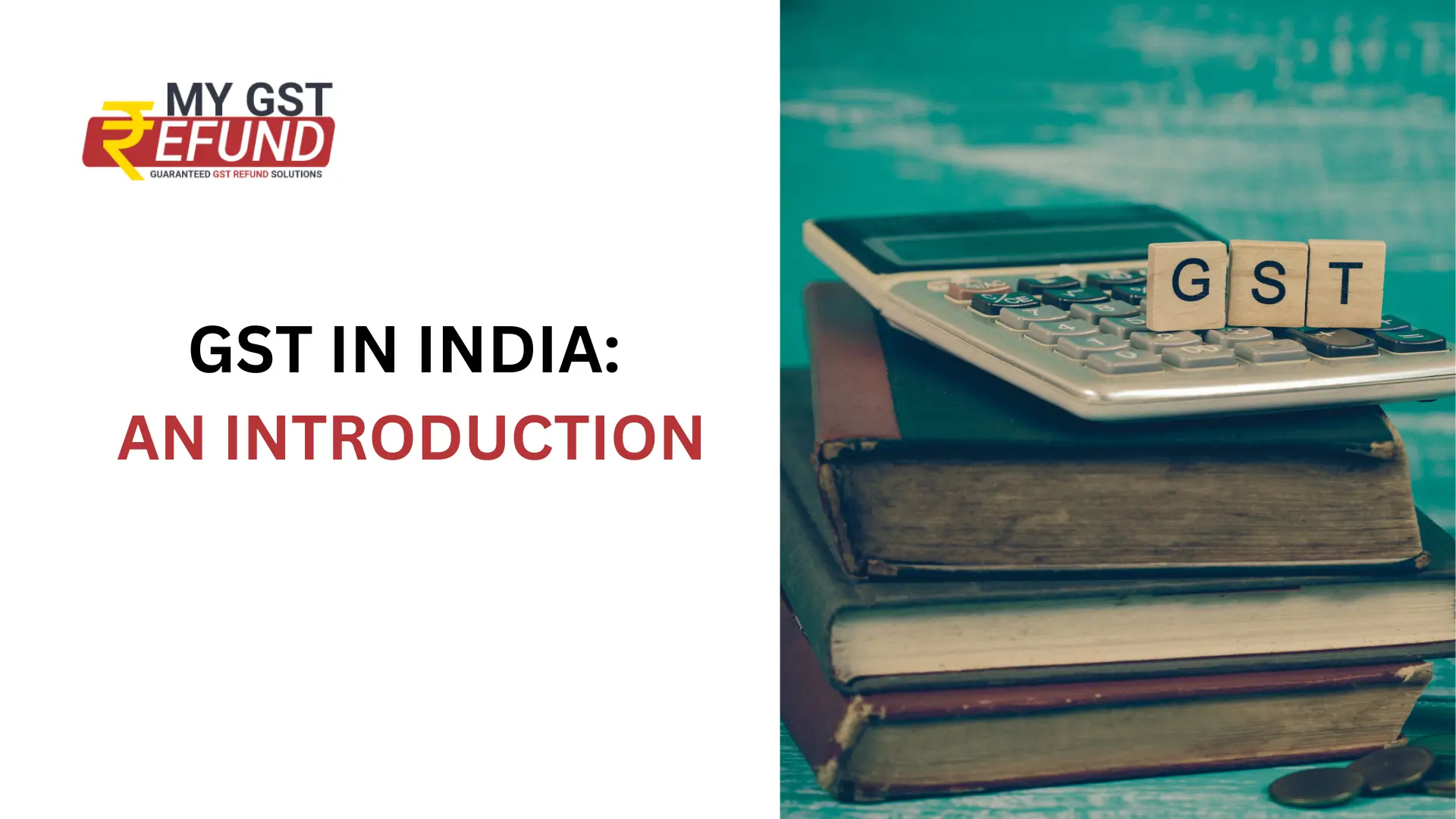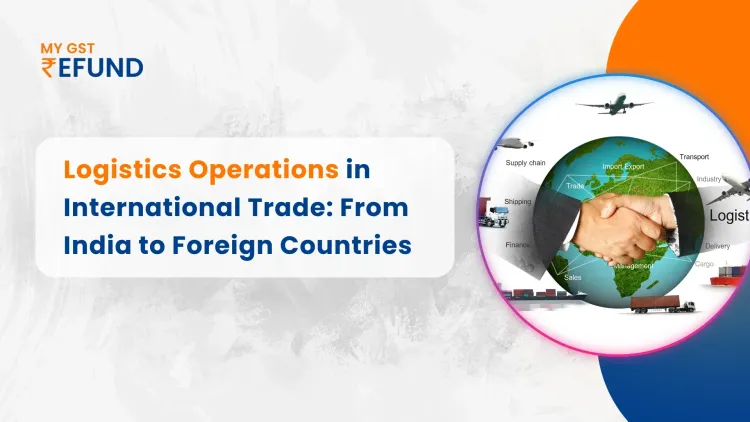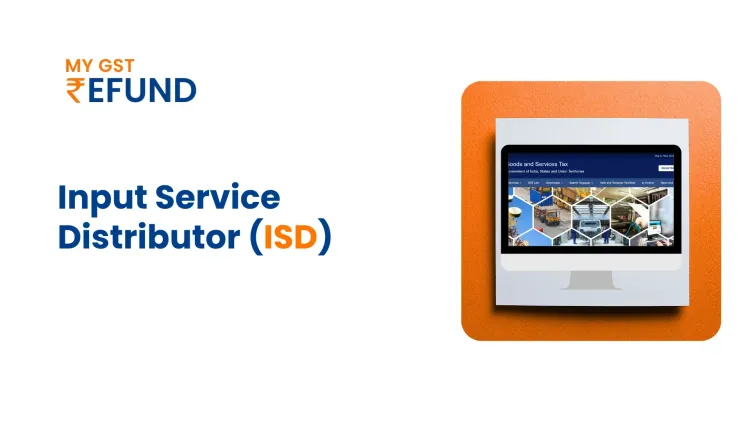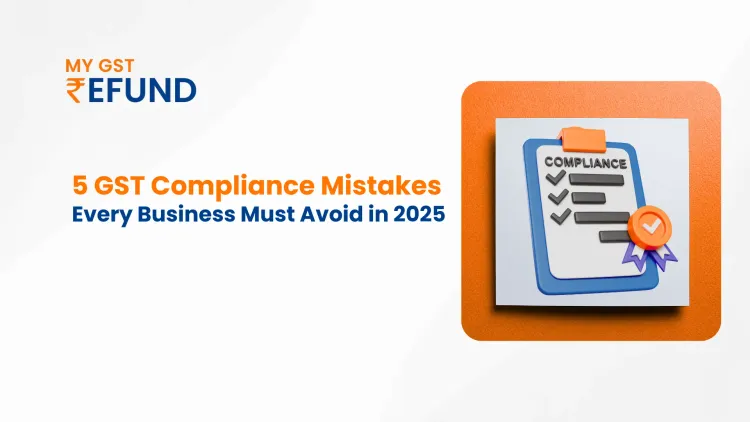GST IN INDIA: AN INTRODUCTION
Published on: Fri May 10 2024
GST IN INDIA: AN INTRODUCTION
The goods and Services tax is an indirect tax which is imposed on India to enhance and support the economic growth of our country.GST has been introduced in order to overcome the defects of prevailing indirect tax laws.It is correct to treat it as an unusual step by the Government when India moved into GST on 1st July 2017. Goods and Services tax bill is implemented in most of the developed country. GST was established in India in 1999 but it was relaunched on 1 July 2017 by the Indian government. The GST has impacted the majority of the persons paying indirect taxes. GST is basically a value added tax that will replace all other indirect taxes. The implementation of GST will boost the GDP gradually. This will also increase the level of India in both domestic and international markets. GST is a single tax which is imposed on the supply of various goods and services. It is a multistage destination-based tax.
Structure of GST
There are four types of taxes in GST:
- State Goods and Services Tax(S GST)
- Central Goods and Services Tax(CGST)
- Integrated Goods and Services Tax(I GST)
- Union Territory Goods and Services Tax(UTGST)
GST is collected by the state government and it is different in every state and CGST is collected by the central government. GST is charged on inter-state transactions of goods and services and UTGST is collected by union territory.
GST RATES
0℅ 5℅, 12℅, 18℅, and 28℅ are the main GST slab rates. GST slab rates are decided by the government.
The tax slabs are explained as follows:
0℅ tax :- Foodgrain items such as wheat, oats , and rice. There are also other goods such as music books a, all types of salt, and human hair enjoy zero tax rates.
5℅ tax rate :- All types of spices and day-to-day basic goods like oil, tea and coal, and fertilizer are also included in this slab.
12℅ tax rate:- Processed foods such as ketchup, mustard sauces, bread, cheese, and also other item like notebooks, playing cards, and board games.
18℅ tax rate:- This tax slab include all type of soap, oil, smartphones and also electric item such as refrigerator.
28℅ tax rate:- Tobacco products such as , other items include motorcycles, luxury cars, and aerated drinks.
GST Council
The Goods and Services Tax Council is a joint assembly of the regional government and central government to make proposals to the union and regional governments relating to GST. GST council is one of the main constitutional bodies that decide the policies of GST. This Council contains many members such as,
- The Union Finance Minister(Chairperson)
- The Union Minister of State in Charge of Revenue
- The Minister in Taxation Charge of taxation
GST council can make proposal to the Union and regions on different matters such as,
- The threshold limit of turnover below which goods and services may be exempted from goods and services tax.
- They may propose special rates for specified periods , to raise extra resources during any natural risk.
- The GST council can propose special provisions to the states like Arunachal Pradesh, Assam etc.
- GST can recommend any matter relating to goods and services.
GST REGISTRATION
GST Registration Process
According to the GST rule, all the business firms in India are responsible for paying taxes. For this, they have to register under the goods and services tax. A contender can begin the GST Registration process on the GST portal. When applicants register the application then the portal will generate an Application Reference Number(ARN). Candidate can check his status of application with the help of ARN. They will receive registration certificates and GSTIN within a week. A 15-digit unique code is assigned to each taxpayer registered with GST and this code is known as GSTIN.
Documents required for registration
GST RETURN FILING
A document called a GST return is to be filled by every taxpayer as it is concerned with tax. This document demands information like sales, purchases, expenses for the calculation of GST.
According to the GST tax rule whose turnover is more than 5 crore have to file 2 monthly returns and 1 annual return, which means a total of 25 returns in a year. The number of goods and services taxes vary between those who are filing quarterly GSTR-1. A total of 9 returns filled in a year inclusive of annual return GSTR-3B and for special cases it is 5 times in a year.
GST CALCULATION FORMULA
GST amount = (GST rate × Original rate) /100
Net price = Original price + GST amount
Example:-
If you are selling a toy from Bihar and sending it to Rajasthan for rupees 12000 and the rate of GST applied on it is 12℅.
Then
GST amount = (12×12000) /100 = 1440 and the net price = 12000+1440= 13440.
ADVANTAGES OF GST
- GST removes the declining effect of the tax
- It also increased the efficiency of logistics
- GST removed the multi-tax system in India
- Through GST we can make online transactions
- Applicants can file returns online
- After GST consumption of consumers increases
NEW COMPLIANCES UNDER GST
The compliances under GST rule has also introduced multiple new systems under the GST
E-way bills:- On 1 April, 2018 , e-way bills were introduced for inter-state movement of goods and intra-state movement of goods on 15 April 2018. This bill helps in generating e-way bills for manufacturers, transporters, traders, etc.
E-invoicing:-E- invoicing system deals with businesses whose turnover is ₹100 crore in the previous fiscal year and this business must obtain an invoice reference number for all B2B invoices by uploading them on GSTNs online invoice registration portal.
HSN code requirements:-From 1 April 2021 businesses must obtain their HSN code. Companies with turnover of 4 crores in the previous year obtained a 4-digit HSN code and 5 crores in previous year obtain 6- digit code.
CONCLUSION
GST has given a positive result in 150 countries and in India there is also a positive impact on the sectors of India. Gross domestic product(GDP) will increase after the implementation of GST but not immediately. Growth in GDP will take some time because economic growth will also take some time. Implementation of GST will give some relaxation to the producers and consumers. It brings balance to the government empowerment. The hostile activity of not paying tax will go away under this rule and this will benefit the government as well as consumers. GST rates are very low for some goods and services, so the cost of goods and services is low. Now the GST council has focused on cast down the consumption of such sinful goods as to make India a place to live.
FAQs
Q. 1 Do I need GST if my turnover is below 20 lakhs?
Ans. According to the GST rule, there is no need to register, if their annual turnover is less than ₹20 lakh. They have to register if their annual turnover is more than ₹20 lakh.
Q.2 Is GSTR1 filing mandatory?
Ans.GSTR is mandatory to file if there is no business activity in the tax period.
Q. 4 What is the caste limit for GST per day?
Ans. ₹1000
Q.5 Who invented GST?
Ans. France was the first country in the world to implement GST.
Related Posts





